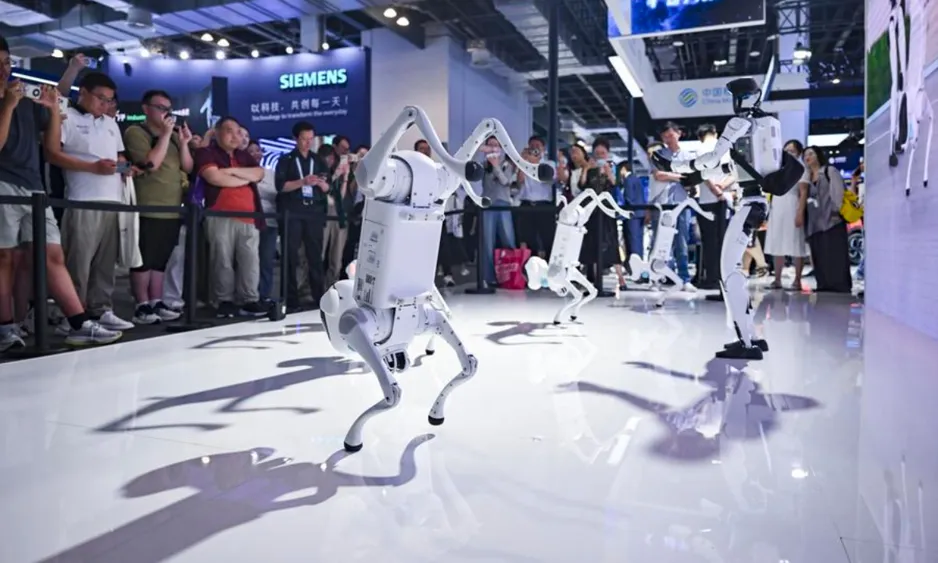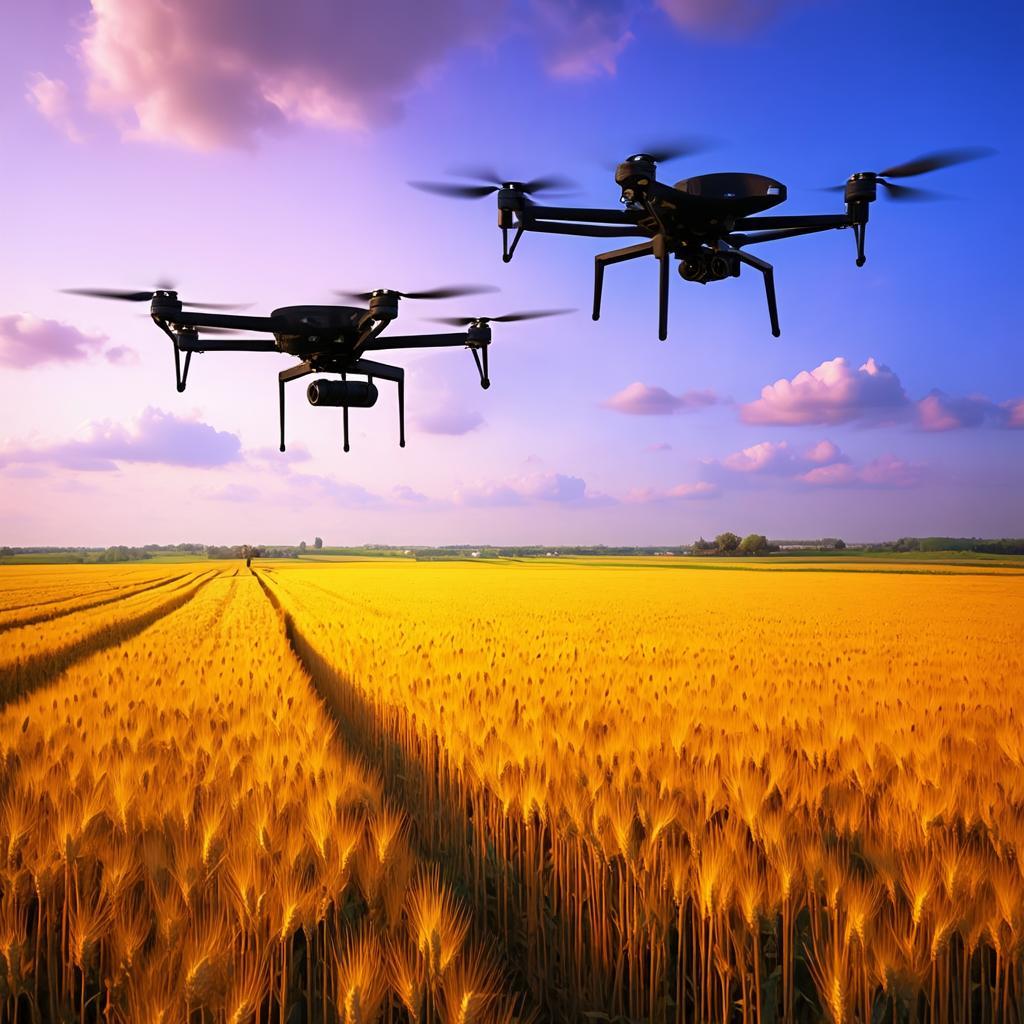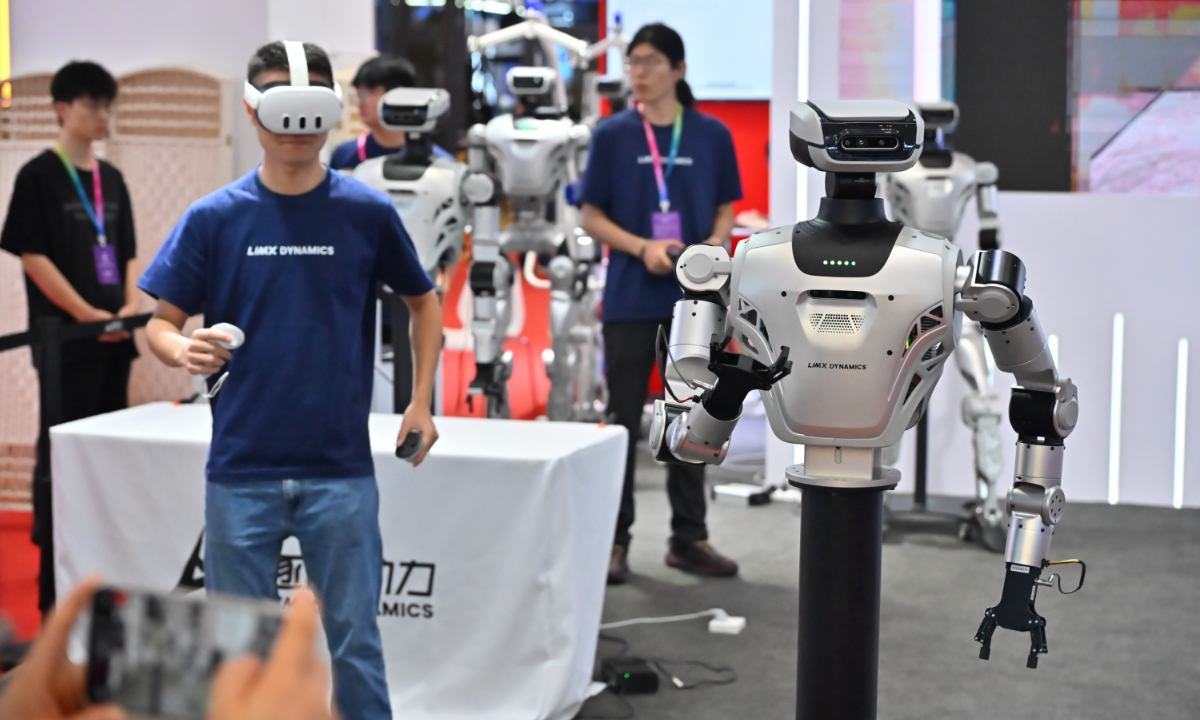Innovation in China's Humanoid Robotics Sector Surges

China's humanoid robotics industry is experiencing remarkable growth, driven by synergistic efforts among government entities, academic institutions, and the private sector. This rapid advancement has garnered international attention, particularly highlighted at the recent 2025 World Artificial Intelligence Conference.
A standout innovation from this burgeoning sector is a robot developed by Beijing Galbot Co., Ltd. Demonstrating impressive dexterity, the robot is capable of bending slightly at the knees to retrieve a bag of crisps from a mid-level shelf without damaging the packaging. It skillfully places the item into a cart before moving on to the next task.
The government's commitment to enhancing the robotics sector is underscored by a variety of initiatives and incentives offered at local levels. Guidelines released by the Ministry of Industry and Information Technology indicate plans for various innovation programs aimed at fostering investment in the key software and components necessary for humanoid robotics.
In Shenzhen, a specialized "robotics valley" has emerged, gathering numerous leading universities, research institutes, and technology firms. This hub facilitates a seamless transition of innovative ideas from laboratory settings to manufacturing environments, further accelerating the development of humanoid robotics.
According to projections from the Chinese Institute of Electronics, the country's humanoid robot market is expected to reach 870 billion yuan, which is approximately 121.9 billion U.S. dollars, by the year 2030. This anticipated growth reflects the increasing integration of robotics across diverse sectors.
Entrepreneurial enthusiasm paired with supportive government policies is prompting market players to turn ambitious technological concepts into tangible realities. A notable example is Wang He, a graduate from Tsinghua University and Stanford University, who founded Galbot in May 2023 with the objective of creating multimodal AI robots.
Within one year, Galbot launched its first-generation robot, Galbot (G1), which boasts wheels, dual arms, and a foldable body that can extend up to 2.4 meters. This versatile design enables the robot to perform tasks such as retrieving objects from the ground. Currently, these robots are operational in nearly ten pharmacies across Beijing, managing an extensive inventory of over 5,000 types of medicine daily.
Industrial reports indicate that by the end of 2024, China is projected to have more than 80 humanoid robot manufacturing companies. Notably, the first half of this year alone saw the establishment of more companies than all of 2023, suggesting a burgeoning market with numerous startups preparing to enter.
As competition in the humanoid robotics arena heats up globally, China is leveraging its rich ecosystem of prestigious universities, innovative technology firms, and robust government backing to bridge the gap between lab innovations and commercial viability.
Zhu Hui, product director at Galbot, noted the integration of resources through R&D centers located in Beijing, Shenzhen, and Suzhou. Collaborations with institutions such as Peking University and the Beijing Academy of Artificial Intelligence are focused on creating a joint lab aimed at overcoming technological obstacles in the industry.
Despite the promising landscape, challenges remain in enhancing the intelligence of humanoid robots and their adaptability to complex tasks and unstructured environments. High production costs also pose a barrier to widespread adoption in daily life. Nonetheless, the outlook remains optimistic, as continual technological advancements and decreasing costs are poised to make humanoid robots increasingly prevalent in both everyday environments and industrial applications.
Read These Next

Autumn Grain Area Grows Slightly Boosted by Drone Operations
China's autumn grain production is boosting due to increased area and digital tech improving efficiency, ensuring food security.

Navigating Change in the Nutrition Sector: Strategies and Risks
A critical commentary on recent business changes and financial trends in the nutrition sector, examining product diversification, revenue performance, and market risks.

China EU Robot Cooperation Remains Strong Amid Global Uncertainty
China's robotics collaboration with Europe is thriving, with superior, affordable humanoid robots and innovative AI advancements, says expert Röning.
